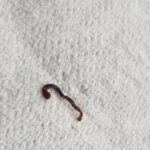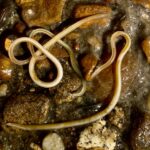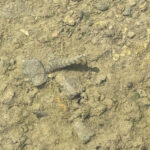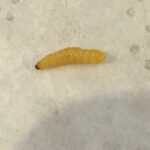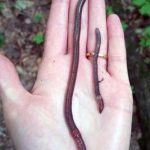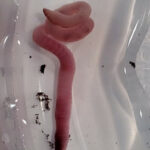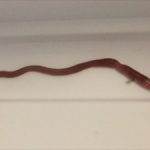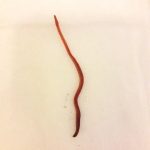How to Eat Fried Worms author Thomas Rockwell, was published in 1973. The book was one of the first to create a splash in the world of children’s publishing as it had kids begging their parents to read to them. The easy to read book resonated with children as it was a true reflection of their lives rather than an adult’s version of remembering childhood. The popularity of the book amongst grade school children has not diminished in the years since it was published. A movie based on the book was made in 2006 which has successfully increased interest in the book once again.
For teachers and parents, there are many activities developed and created around the book that help children learn a variety of skills while they get to interact with some of their favorite characters.
Telling Stories
In Chapter 14, Billy recalls a dream and tells his friends about it. Being able to tell stories to let others know what you are thinking and feeling is an important communication skill. Collect a series of pictures from magazines or books that your children are not familiar with. Have them pick one of the stories that they like and give them some time to look at it and imagine a story that the picture represents.
Have them tell you the story they have imagined or write it down depending on their age. Ask questions to get them to fill in the details and expand their imagination. Examine the picture to see if there are any additional elements that may enhance the story.
Learn About Worms
The main attraction of the book is its gross but real activity of the main character eating worms. Many people find the idea of this rather upsetting. However, there are many cultures that do eat worms and there are many worms on the planet to learn about. Earthworms alone are an important part of the earth’s ecological system.
Assign students a worm research project based on their age. Older children can be asked to write reports, create storyboards or work together in groups to create an oral report on what earthworms do for the planet. Younger children can be asked to collect pictures, look for worms after a rain, and participate in group activities such as reading about worms and their lifecycles and then drawing those lifecycles from memory to increase retention.
Biology of Animals
Continuing on the worm theme, teachers and parents can expand learning to worms outside of the infamous earthworm’s featured in the book. Students can learn about groups of worms as well as the biology of worms. This is a perfect time to introduce concepts such as vertebrate and invertebrate animals and what that means. For older kids, dissecting an earthworm is a great opportunity to introduce biology and let them see and learn about internal organs.
All About Worms is always free, always reader-supported. Your tips via CashApp, Venmo, or Paypal are appreciated! Receipts will come from ISIPP Publishing.



